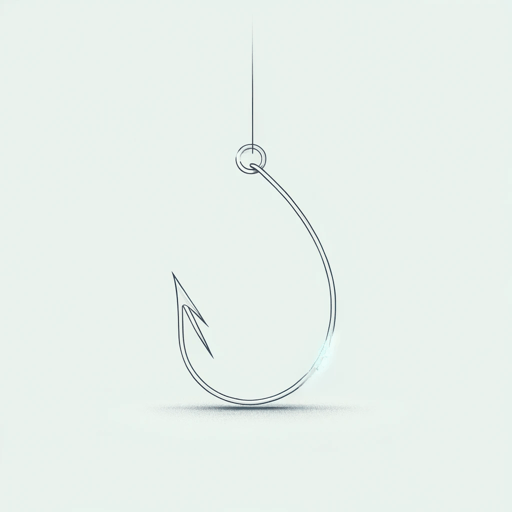20 pages • 40 minutes read
William ShakespeareSonnet 129
Fiction | Poem | Adult | Published in 1609A modern alternative to SparkNotes and CliffsNotes, SuperSummary offers high-quality Study Guides with detailed chapter summaries and analysis of major themes, characters, and more.
Literary Devices
Metaphor and Simile
“Sonnet 129” features three main comparisons. The first one is a metaphor in the opening quatrain: “Th’ expense of spirit in a waste of shame / Is lust in action” (Lines 1-2). The opening metaphor introduces the poem’s main thematic concern, The Dangerous Nature of Lust, while connecting lust to the moral concern of shame that the poem focuses on as it progresses.
The second comparison is the simile between the lustful lover and a baited fish or animal. This comparison takes place midway through the second quatrain and continues into the third quatrain. Here, the speaker demonstrates the animalistic nature of lust by comparing the lustful lover to an animal lured into a trap. It also demonstrates the way lust overpowers logical thinking, reducing those who fall into lust to the basest emotions humans can experience like desire, greed, instinct, and possessiveness.
The third comparison comes in the final couplet, when the speaker compares the consummation of lust and its aftermath to a moment of heaven and an eternity of hell. In using this spiritual imagery for the sonnet’s final contrast, the speaker reinforces his harsh conception of lust as something that leads only to pain, disgust, and disillusionment.
Related Titles
By William Shakespeare

All's Well That Ends Well
William Shakespeare

A Midsummer Night's Dream
William Shakespeare

Antony and Cleopatra
William Shakespeare

As You Like It
William Shakespeare

Coriolanus
William Shakespeare

Cymbeline
William Shakespeare

Hamlet
William Shakespeare

Henry IV, Part 1
William Shakespeare

Henry IV, Part 2
William Shakespeare

Henry V
William Shakespeare

Henry VIII
William Shakespeare

Henry VI, Part 1
William Shakespeare

Henry VI, Part 3
William Shakespeare

Julius Caesar
William Shakespeare

King John
William Shakespeare

King Lear
William Shakespeare

Love's Labour's Lost
William Shakespeare

Macbeth
William Shakespeare

Measure For Measure
William Shakespeare

Much Ado About Nothing
William Shakespeare

